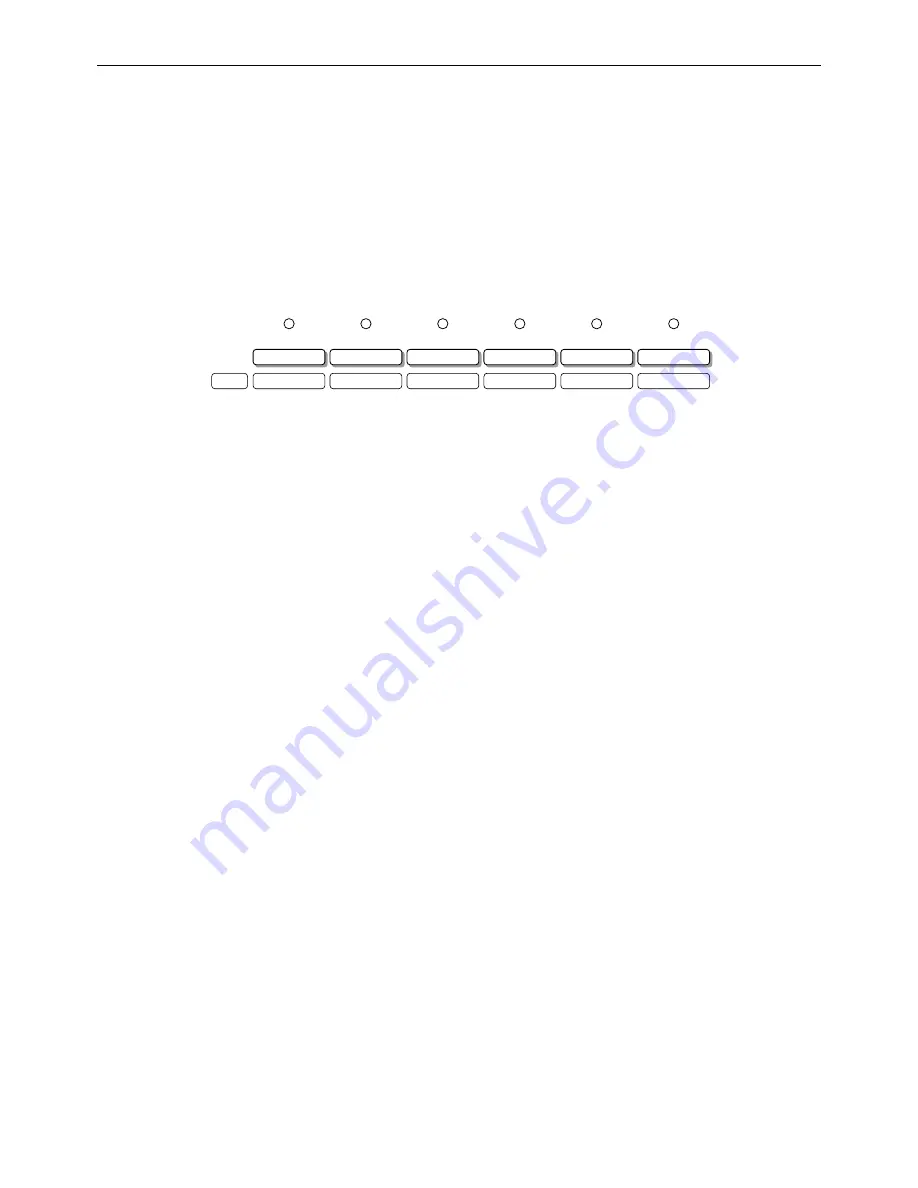
9 – Using the display – Linking channels
YDP2006
Linking channels
In order to change both the L and R channels at the same time, the L and R channels must be
linked. When the channels are linked, making any changes to one channel will also affect
the other. Existing parameters from one channel will not be copied to the other channel,
unless they are altered while the channels are linked.
To link the channels, press one of the two channel keys (either
[L/<]
or
[R/>]
), and while hold-
ing it down, press the other one. Because the screen can only show one channel at a time,
only the settings of the first channel you pressed will be displayed, and the LED on that key
will light. The settings of the other channel will not be displayed, and its LED will blink.
The PEQ, notch and HPF and LPF indicators
The small round LEDs above the PEQ and notch selectors indicate whether or not the corre-
sponding PEQ band, or notch filter is active (turned on). When the LED on the PEQ key is
on, the row of indicators refers to the PEQ bands. When the LED on the NOTCH key is on,
the row of indicators refers to the notch, and LPF and HPF filters.
To turn a specific notch, filter or PEQ band on or off, it must first be selected for editing. If
the parameters for the desired band are not displayed at the top of the screen (in graphical
display screens), or the name of the notch highlighted on the left of the screen (in the text
display modes), you must press the selector twice—once to select which notch, filter or PEQ
band to change (this also selects it for editing), and once to toggle it between on and off. If
the notch, filter or PEQ band is already selected for editing, simply pressing the selector
once will do the toggling.
Put more simply, if you wish to toggle a notch, filter on/off that is already selected, just
press the selector once. If it’s not selected, press the selector twice.
2
1
3
4
HPF
LPF
4
3
2
1
5
6
PEQ
NOTCH












































